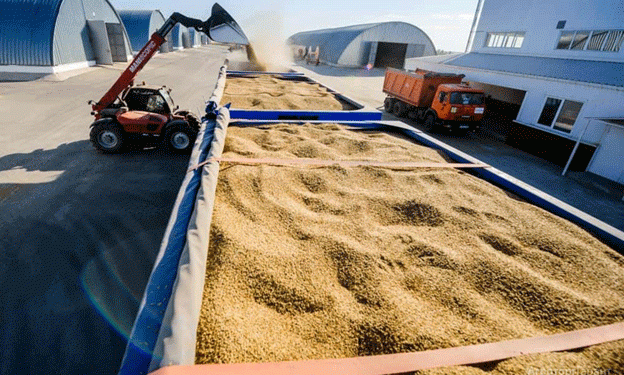Australia’s wheat exports are divided between containerized and bulk shipments, with both segments showing varied performance in June.
Containerized Exports:
In the containerized wheat market, Malaysia emerged as the top destination in June, importing 26,521 tonnes. Thailand followed closely with 25,347 tonnes, and Taiwan imported 20,076 tonnes. The total volume of containerized wheat exports for the month reached 141,066 tonnes, down from 155,769 tonnes in May.
Key containerized export destinations and volumes for June included:
- Malaysia: 26,521 tonnes
- Thailand: 25,347 tonnes
- Taiwan: 20,076 tonnes
- Vietnam: 10,781 tonnes
- Philippines: 16,836 tonnes
Bulk Exports:
In the bulk wheat sector, The Philippines was the largest importer in June, purchasing 254,606 tonnes. South Korea and China were also significant markets, importing 149,380 tonnes and 125,468 tonnes, respectively. Bulk wheat exports totaled 1,117,282 tonnes in June, marking a decrease from the 1,431,798 tonnes exported in May.
Noteworthy bulk export destinations for June included:
- The Philippines: 254,606 tonnes
- South Korea: 149,380 tonnes
- China: 125,468 tonnes
- Vietnam: 116,737 tonnes
- Yemen: 55,000 tonnes
Additionally, some African nations, such as Mozambique and Zambia, appeared in the bulk export figures for June, accounting for 98,897 tonnes of wheat alongside regular buyer South Africa.
Durum Wheat Exports: A Focus on China
China was the sole destination for Australia’s durum wheat exports in June, importing 516 tonnes. Over the entire June quarter, China imported a total of 4,317 tonnes of durum wheat. This highlights China’s consistent demand for durum, despite the overall decline in wheat exports.
Seasonal Trends and Market Dynamics
The reduction in wheat exports is not unusual as the end of the marketing year approaches on September 30. This period typically sees a tapering off in export volumes as new crops are prepared for harvest. Additionally, fluctuations in global demand, shipping logistics, and domestic supply conditions contribute to these seasonal trends.
China’s role as a major buyer, particularly in the bulk wheat and durum segments, underscores its significance in Australia’s wheat export landscape. Meanwhile, the presence of Southeast Asian nations like Malaysia, Thailand, and the Philippines as key markets for both containerized and bulk wheat reflects the region’s growing consumption needs.
Conclusion
As the marketing year draws to a close, Australia’s wheat export figures for June 2024 reflect a typical seasonal decline. While overall volumes are down, the diversity of export markets, from Southeast Asia to East Africa, demonstrates the resilience and adaptability of Australia’s wheat industry. Looking ahead, the focus will shift to the new harvest and the potential shifts in global demand that may shape export strategies for the coming year.
Error




